Green Millets
Green millet, scientifically known as Panicum miliaceum, is a small-seeded, warm-season annual cereal grain. It belongs to the Poaceae family and is also commonly referred to as proso millet or common millet. The plant typically reaches a height of 2 to 4 feet, featuring slender stems with elongated leaves. Its inflorescence is a spikelike cluster of flowers that eventually forms seeds.
₹1,000.00
Green Millet: A Versatile Grain for Sustenance
Plant Characteristics: Green millet, scientifically known as Panicum miliaceum, is a small-seeded, warm-season annual cereal grain. It belongs to the Poaceae family and is also commonly referred to as proso millet or common millet. The plant typically reaches a height of 2 to 4 feet, featuring slender stems with elongated leaves. Its inflorescence is a spikelike cluster of flowers that eventually forms seeds.
Taste and Color: Green millet has a mild, nutty flavor with a slightly sweet undertone. The seeds are typically small, round, and pale yellow or light tan in color.
Soil Type for Growth: Green millet is a resilient crop that thrives in a wide range of soil types. It prefers well-drained, sandy loam soils but can tolerate soils with varying degrees of acidity and salinity. It is well-suited for regions with limited water resources.
Regions of Production: Green millet is cultivated in various parts of the world, including Asia, Europe, and North America. In India, the major regions for green millet production include states like Rajasthan, Maharashtra, Gujarat, and Haryana.
Maturity Period and Environmental Conditions: Green millet typically matures in 60 to 100 days after sowing, depending on the variety and growing conditions. It is well-adapted to arid and semi-arid regions and can withstand hot and dry conditions. However, it requires adequate moisture during the initial stages of growth.
Physical Properties and Ingredients:
- Seeds: Small, round, and pale yellow to light tan.
- Nutritional Composition: Green millet is a good source of carbohydrates, dietary fiber, protein, vitamins (especially niacin and B vitamins), and minerals (iron, magnesium, phosphorus, and potassium).
- Gluten-Free: It is naturally gluten-free, making it a suitable option for individuals with gluten sensitivities or celiac disease.
- Shelf Life and Storage Conditions: Green millet has a relatively long shelf life when stored in cool, dry, and airtight containers. Properly stored, it can remain edible for up to 2-3 years after harvesting.
Uses and Consumers:
1.Human Consumption: Green millet is primarily used as a staple food in various forms. It can be ground into flour for making flatbreads, porridge, and other baked goods. It is also used in pilafs, salads, and as a base for various dishes.
2.Livestock Feed: Millet is a valuable component of animal feed, providing essential nutrients to livestock.
3.Beverages: In some regions, millet is used to brew alcoholic beverages.
4.Fodder: Millet straw and leaves are used as fodder for cattle and other livestock.
Green millet’s versatility, adaptability, and nutritional content make it an important crop for both human consumption and animal feed. Its ability to thrive in challenging environmental conditions makes it a valuable resource for regions with limited agricultural resources, contributing to food security and livelihoods.

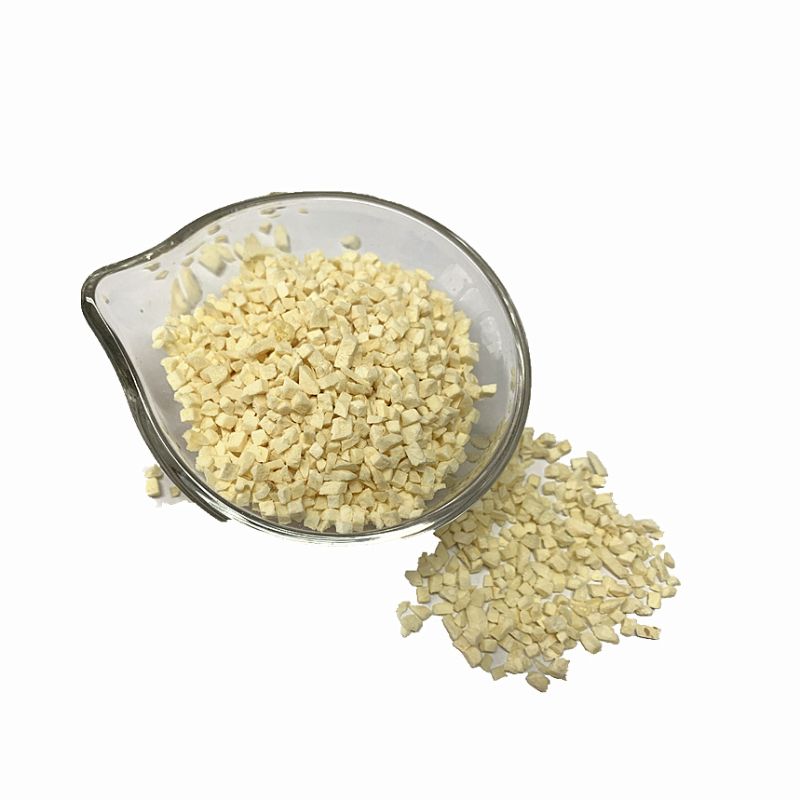
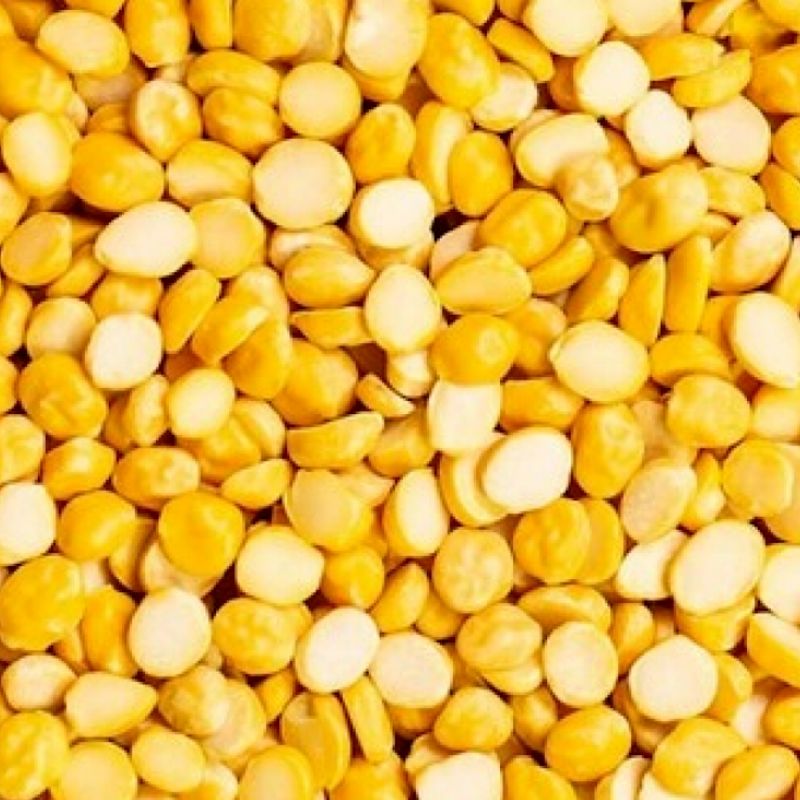

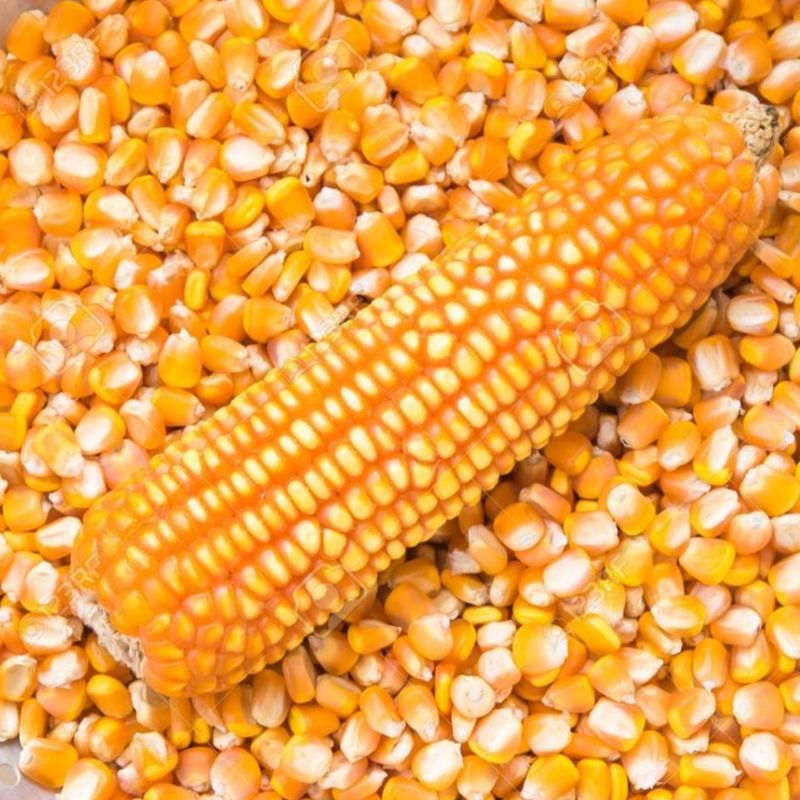
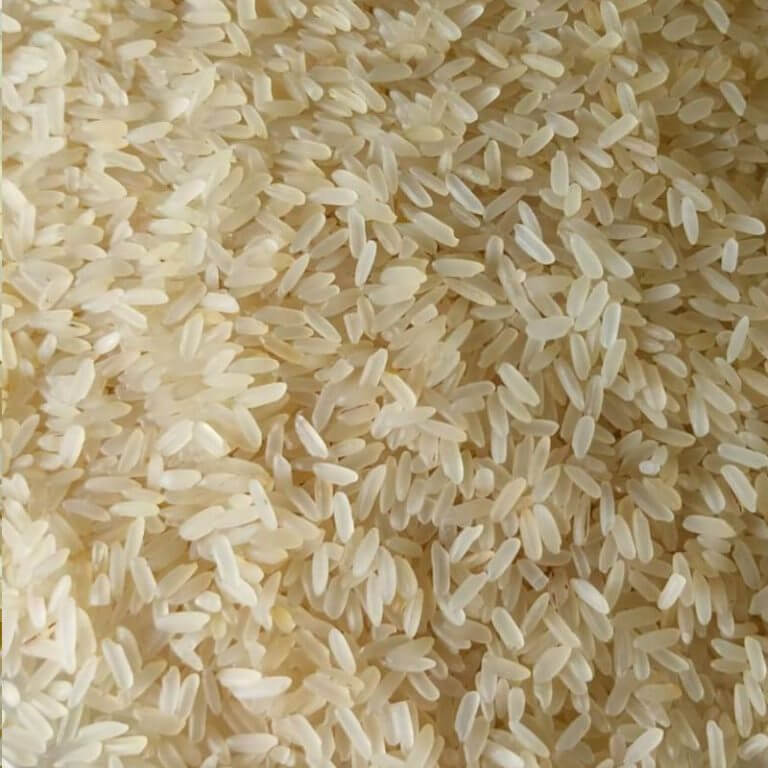
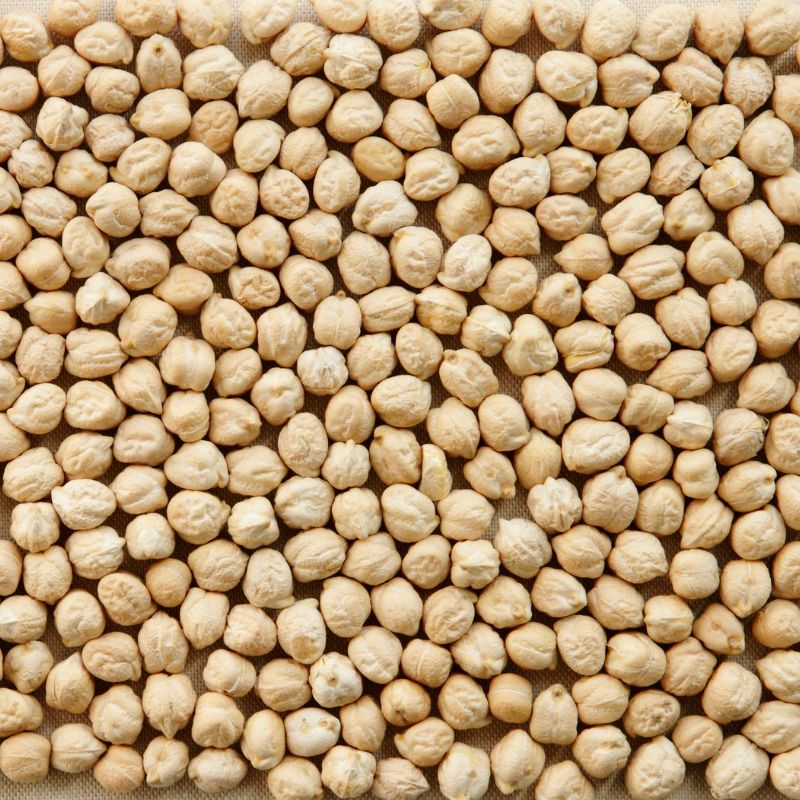
Reviews
There are no reviews yet.